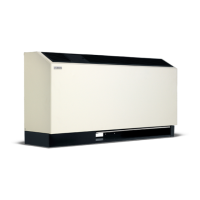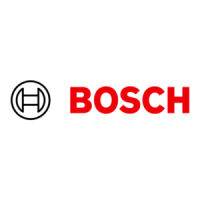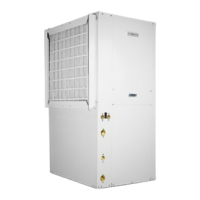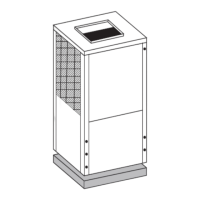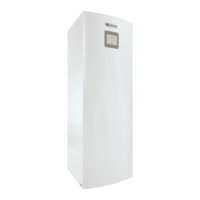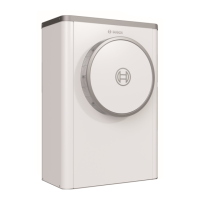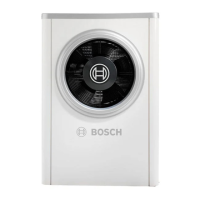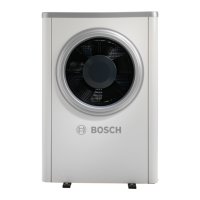Servicing and Repair Information
17.10 Removal and Evacuation
When breaking into the refrigerant circuit to make repairs—or for
any other purpose—conventional procedures must be used.
However, for flammable refrigerants it is important that best
practice be followed, since flammability is a consideration. The
following procedure must be adhered to:
1. Safely remove refrigerant following local and national
regulations.
2. Evacuate.
3. Continuously flush or purge with inert gas when using flame
to open circuit.
4. Open the circuit.
The refrigerant charge must be recovered into the correct
r
ecovery cyl
inders if venting is not allowed by local or national
codes. For appliances containing flammable refrigerants, the
system must be purged with oxygen-free nitrogen to render the
appliance safe for flammable refrigerants. This process might
need to be repeated several times. Compressed air or oxygen
must not be used for purging refrigerant systems.
For appliances containing flammable refrigerants, refrigerants
purging m
ust be achieved by breaking the vacuum in the system
with oxygen-free nitrogen and continuing to fill until the working
pressure is achieved, then venting to atmosphere, and finally
pulling down to a vacuum (optional for A2L). This process must
be repeated until no refrigerant is within the system (optional for
A2L). When the final oxygen-free nitrogen charge is used, the
system must be vented down to atmospheric pressure to enable
work to take place.
WARNING
Fire Hazard!
The outlet for the vacuum pump must not be close to any
potential ignition sources, and ventilation must be available.
17.11 Charging Procedures
In addition to conventional charging procedures, the following
requirements must be followed.
Ensure that contamination of different refrigerants does not
occur when using charging equipment.
Ensure hoses or lines are as short as possible to minimize the
amount of refrigerant contained in them.
Ensure cylinders are kept in an appropriate position
according to the instructions.
Ensure that the refrigerating system is earthed prior to
charging the system with refrigerant.
Be sure to label the system when charging is complete (if not
already).
Use extreme care not to overfill the refrigerating system.
Ensure the system is pressure-tested with the appropriate
purging gas prior to recharging the system.
Ensure the system is leak-tested on completion of charging
but prior to commissioning. A follow-up leak test must be
carried out prior to leaving the site.
17.12 Recovery
When removing refrigerant from a system, either for servicing or
decommissioning, it is recommended good practice that all
refrigerants are removed safely.
Ensure the following:
Ensure that only appropriate refrigerant recovery cylinders
are employed when transferring refrigerant into cylinders.
Ensure that the correct number of cylinders for holding the
total system charge are available.
Ensure all cylinders to be used are designated for the
recovered refrigerant and labeled for that refrigerant (
i.e.
,
special cylinders for the recovery of refrigerant).
Ensure all cylinders are complete with a pressure-relief valve
and associated shut-off valves that are all in good working
order.
Ensure empty recovery cylinders are evacuated and, if
possible, cooled before recovery occurs.
Ensure the recovery equipment is in good working order.
Ensure set of instructions for the recovery equipment is at
hand .
Ensure the recovery equipment is suitable for the recovery of
the flammable refrigerant. If in doubt, the manufacturer
should be consulted.
Ensure a set of calibrated weighing scales are available and in
good working order.
Ensure the hoses are complete with leak-free disconnect
couplings and are in good condition.
Ensure the recovered refrigerant ise processed according to
local legislations/regulations in the correct recovery cylinder,
and the relevant waste transfer note arranged.
Ensure there is no mixing of refrigerants in the recovery units
and especially not in cylinders.
If compressors or compressor oils are to be removed, ensure
that they have been evacuated to an acceptable level to make
certain that flammable refrigerant does not remain within the
lubricant. The compressor body must NOT be heated by an
open flame or other ignition sources to accelerate this
process. When oil is drained from a system, it must be carried
out safely.
52 |
CL Series Heat Pumps — 8733838716 (2024/05)
